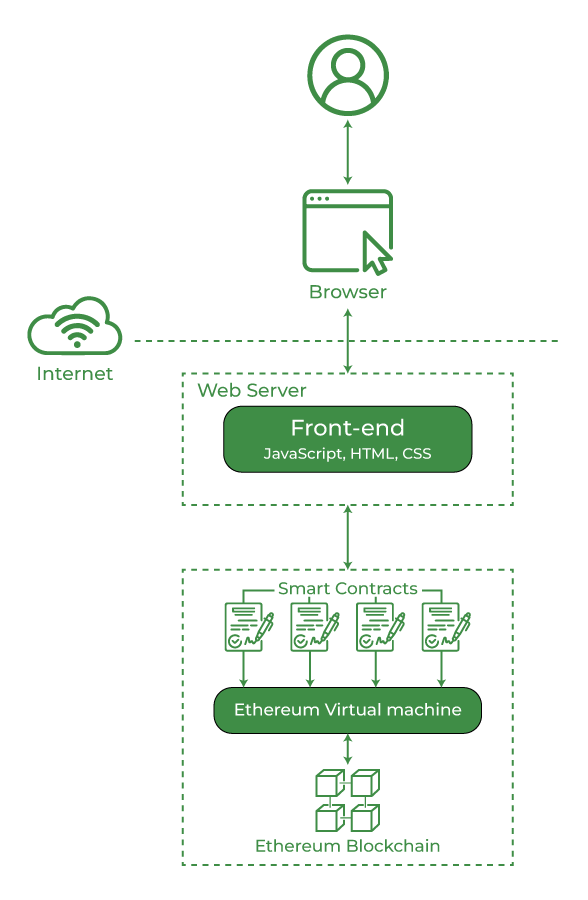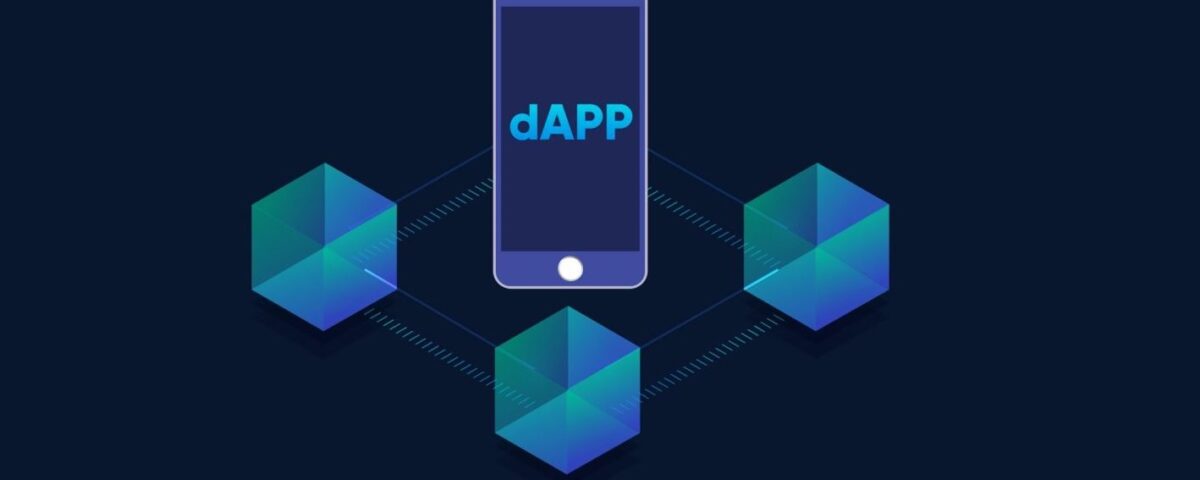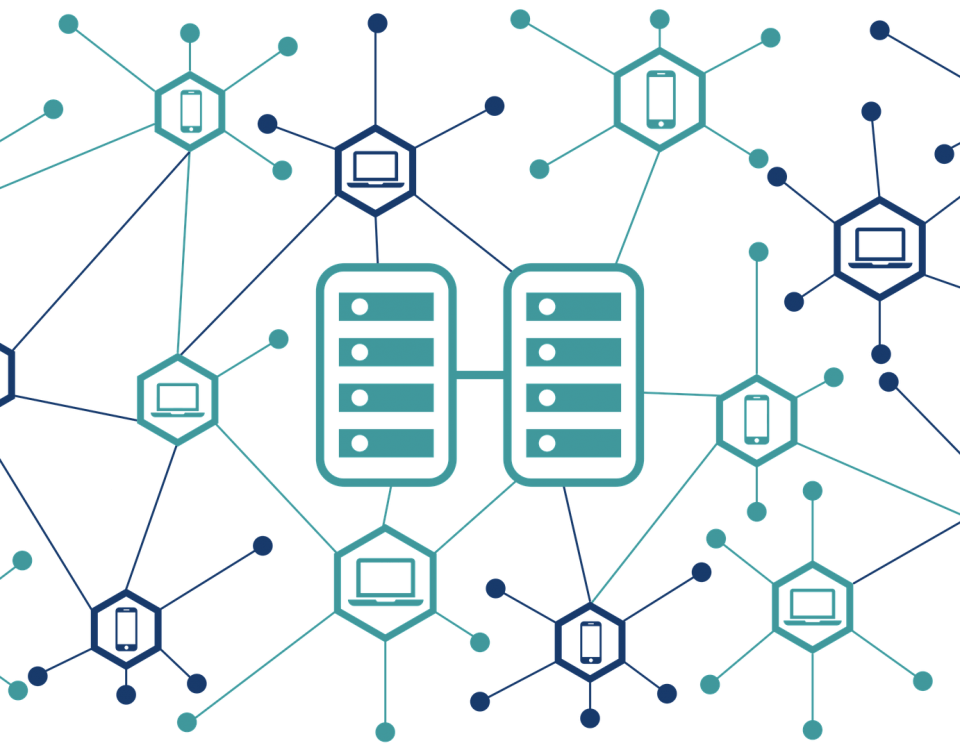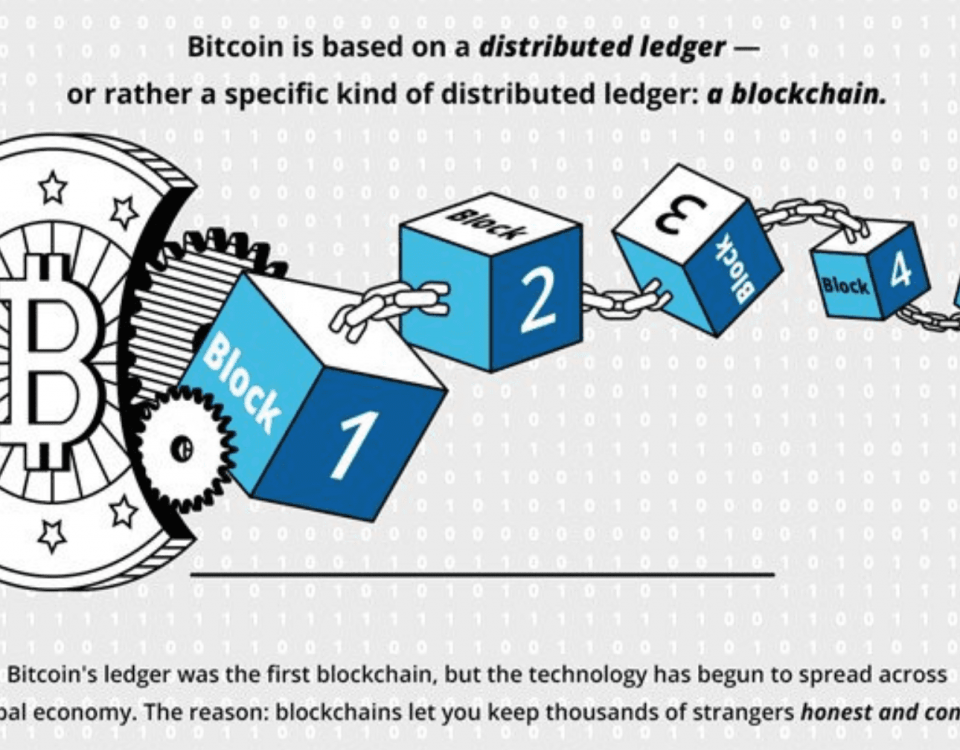What is dApp

Cookies vs. Local Storage vs. Session Storage: What’s the difference?
4th May 2023
Tips You Can Follow To Manage Projects Successfully
6th May 2023Decentralized applications, or dApps, are software programs that run on a blockchain or peer-to-peer (P2P) network of computers instead of on a single computer. Decentralized applications, or DApps (also called “dapps”) are thus outside the purview and control of a single authority.
DApps are often built on the Ethereum platform. They have been developed for a variety of purposes including gaming, finance, and social media.
Understanding Decentralized Applications (dApps)
A web app such as Uber or Twitter runs on a computer system that is owned and operated by a company that has authority over the app and its workings. No matter how many users there are, the backend is controlled by the company.
DApps can run on a P2P network or a blockchain network. For example, BitTorrent, Tor, and Popcorn Time are applications that run on computers that are part of a P2P network, which allows multiple participants to consume content, feed, or seed content.
dApps run on a blockchain network in a public, open-source, decentralized environment and are free from control and interference by any single authority. For example, a developer can create a Twitter-like dApp and put it on a blockchain where any user can publish messages. Once posted, no one—not even the app creators—can delete the messages.
dApp Uses
dApps have been developed to decentralize a range of functions and applications and eliminate intermediaries. Examples include self-executing financial contracts, multi-user games, and social media platforms.
Some examples of practical uses for dApps include:
DApps have also been developed to enable secure, blockchain-based voting and governance. DApps can even be integrated into web browsers to function as plugins that help serve ads, track user behavior, or solicit crypto donations.
- Financial services: dApps can be used to facilitate peer-to-peer financial transactions, such as the exchange of currencies or the transfer of assets.
- Supply chain management: dApps can be used to track the movement of goods through a supply chain, ensuring transparency and accountability.
- Identity verification: dApps can be used to securely store and verify identity information, such as for voter rolls or passport applications.
- Real estate: dApps can be used to facilitate the buying and selling of real estate directly between buyer and seller, as well as the tracking of property ownership and related documentation such as deeds.
- Healthcare: dApps can be used to store and track healthcare records, as well as to facilitate the communication and collaboration of healthcare professionals.
- Education: dApps can be used to create decentralized learning platforms, allowing students and teachers to interact and collaborate directly without the need for intermediaries.
- Social media: dApps can be used to create decentralized social media platforms, allowing users to interact and share content without the need for a central authority.
- Predictive markets: dApps can be used to create decentralized platforms for predictive markets, allowing users to make predictions on a variety of topics and potentially earn rewards for accurate predictions.
Advantages and Disadvantages of dApps
Advantages
Many of the advantages of dApps center around the program’s ability to safeguard user privacy. With decentralized apps, users do not need to submit their personal information to use the function the app provides. DApps use smart contracts to complete the transaction between two anonymous parties without the need to rely on a central authority.
Free speech proponents point out that dApps can be developed as alternative social media platforms. A decentralized social media platform is resistant to censorship because no single participant on the blockchain can delete or block messages.
Ethereum is a flexible platform for creating new dApps, providing the infrastructure needed for developers to focus their efforts on finding innovative uses for digital applications. This could enable the rapid deployment of dApps in a number of industries including banking and finance, gaming, social media, and online shopping.
Disadvantages
The use of dApps is still in the early stages, and thus it is experimental and prone to certain problems and unknowns. There are questions as to whether the applications will be able to scale effectively. There are concerns that an app that requires significant computations will overload a network, causing network congestion.
The ability to develop a user-friendly interface is another concern. Most users of apps developed by traditional centralized institutions have an ease-of-use expectation that encourages them to use and interact with the app. Getting people to transition to dApps will require developers to create an end-user experience and level of performance that rivals popular and established programs.
The challenge of doing code modifications is another limitation of dApps. Once deployed, a dApp is likely to need ongoing changes to make enhancements or correct bugs or security risks. According to Ethereum, it can be challenging for developers to make needed updates to dApps because the data and code published to the blockchain are hard to modify.3
Pros
- Promotes user privacy
- Resists censorship
- Flexible platform enables dApp development
Cons
- Experimental, may not be able to scale
- Challenges in developing a user-friendly interface
- Difficult to make needed code modifications

Similar blog Click
for information Contact XpertLab





